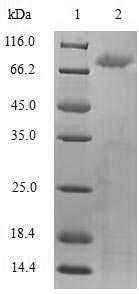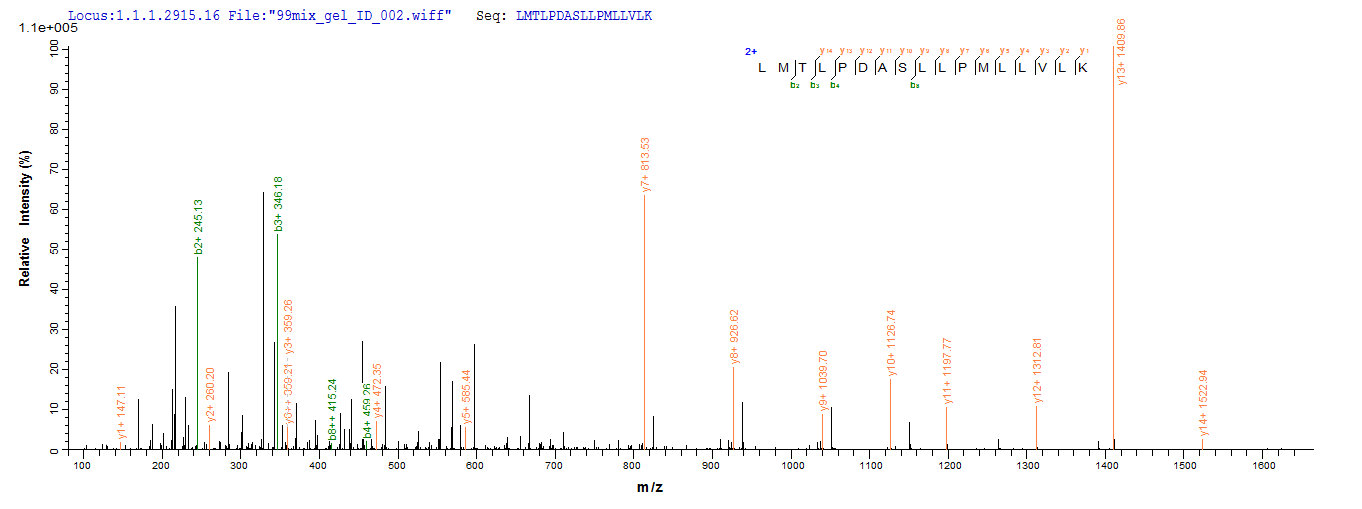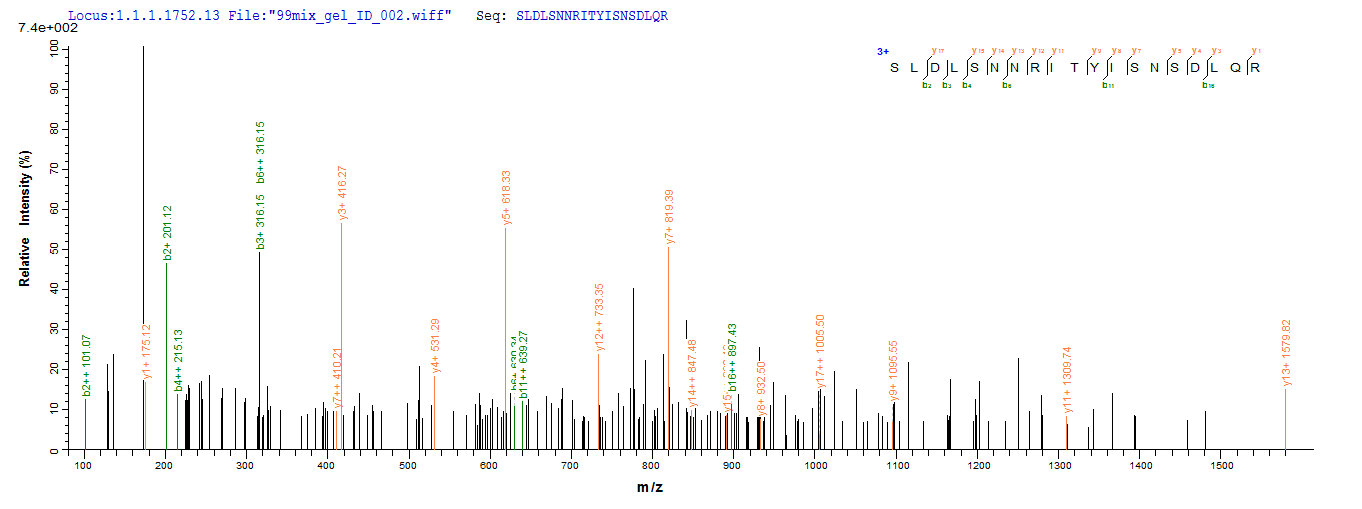The recombinant Human TLR2 protein is encoded by the gene of TLR2 (19-588aa). The gene of TLR2 was cloned in a system (E.coli) that supported the expression of TLR2. Modification of TLR2 by recombinant DNA technology could lead to the expression of the target protein. The protein was fused with N-terminal 6xHis-SUMO tag in the production. The purity is 90% determined by SDS-PAGE.
TLR2 is a protein coding gene that encodes Toll-like receptor 2. According to some research, TLR2 may have the following features.
TLR2 and TLR4 have different roles in recognizing the cell wall components of Gram-negative and Gram-positive bacteria. The crystal structure of TLR1-TLR2 heterodimer induced by triacylated lipopeptide. Toll-like receptor 2 (TLR2) and TLR4 activate human dendritic cells to varying degrees. Kidney-related TLR2 mediates renal ischemia/reperfusion injury. TLR9 regulates Th1 response and cooperates with TLR2 to mediate the best resistance to Mycobacterium tuberculosis. TLR2 is expressed on activated T cells and is a cost-stimulating receptor. Factors produced by cancer cells activate bone marrow cells through TLR2 to stimulate metastasis. TIRAP plays an important role in activating the signal cascade shared by TLR2 and TLR4.








